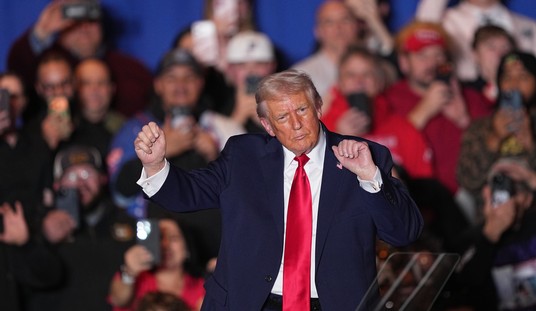Make no mistake, overreliance on opioids has ravaged America. Communities across the country, particularly in Appalachia, have witnessed loved ones and neighbors becoming hooked on these highly addictive drugs. Sold by doctors and nurses as simple “pain management,” OxyContin, Percocet and Vicodin are prescribed for everything under the sun — including wisdom tooth removal recovery or minor sport injury.
Over the past two decades, more than 10,000 prescription opioid overdoses have occurred annually in the United States. What began as a medical solution evolved into a nationwide epidemic, fueled by corrupted profit motives, misleading marketing, and a lack of accountability. Families were torn apart, children lost their parents, and local economies crumbled under the weight of addiction.
Even as awareness grows, the consequences of decades of overprescription continue to ripple through rural towns and urban centers alike — leaving a generation struggling to recover from the promises of “safe pain relief” turned deadly. No American should be forced down a path of addiction in order to treat the acute pain they face. Less addictive alternatives exist, but political hurdles are still getting in the way.
Non-opioid pain management isn’t just theoretical. Hospitals have used nerve blocks, anti-inflammatory regimens, and localized anesthetics effectively for years. Outside of traditional medicine, there are exciting developments in plant-based alternatives on the horizon, as universities across the U.S. conduct rigorous research into the medicinal uses of plants like cannabis and kratom.
But until recently, patients outside surgical settings lacked accessible options. Doctors, eager to avoid prescribing opioids, often have their hands tied by insurance rules that refuse coverage for alternatives. Not to mention how cannabis is still a federally listed Schedule I narcotic, and there are recent efforts to classify kratom the same.
Recommended
Still, we’re seeing progress in this space. Recently, the Food and Drug Administration (FDA) approved the prescription of a new non-opioid pill for moderate-to-severe acute pain. The medication, trademarked JOURNAVX, offers opioid-like relief without the same risk of addiction. It has been accepted as a treatment option under the federal health systems for veterans, military service members and Medicaid recipients.
Here’s the current hangup: This treatment has not yet been implemented as a part of Medicaid and commercial plans, which the majority of Americans are on. Medicare policies continue to incentivize prescribing opioids instead of non-opioids, with the Centers for Medicare & Medicaid Services (CMS) stalling on plan coverage of these new alternatives until 2026–2027. This leaves patients seeking to switch to this new non-opioid alternative potentially paying $565 out of pocket per vial.
According to estimates from the CDC, opioid misuse costs the U.S. economy over $1-2 trillion annually when factoring in healthcare, lost wages, and criminal justice expenses. By contrast, expanding non-opioid coverage would represent a fraction of that — a preventive investment with both human and fiscal returns.
Naturally, a new medication is going to be more expensive than decades-old generics, with various costs factored into research and development, a limited supply chain and overall a lack of competition to drive down prices. But a non-opioid alternative, even with a high sticker price, will save the U.S. immensely through lives saved and avoided addictions.
Still, the concern over affordability is valid. A $500-plus prescription is out of reach for many families, particularly those without comprehensive insurance. Policymakers should not ignore this reality. Instead, they can pursue targeted reforms — including fast-tracking FDA approvals of new medications and expanding tax deductions for production costs. Encouraging bulk purchasing through federal programs, as is done for HIV treatments, may also make these medicines accessible at scale. The goal should not be to force patients to choose between pain relief and bankruptcy, but to recognize that long-term savings from preventing addiction far outweigh short-term price tags.
The Trump administration should be pushing for new options to be added to the list of drugs eligible for separate payment in hospital surgeries. CMS can ensure Medicare Part D plans provide immediate, barrier-free access to non-opioid options.
Meanwhile, lawmakers have an opportunity to help as well — whether it’s by passing legislation like the Alternatives to Pain Act that would guarantee copay parity and remove access barriers for all patients or by supporting efforts to delist (or refrain from listing) plant-based alternatives to opioids like cannabis and kratom.
Ending the opioid crisis, as this White House and bipartisan majorities in Congress aim to do, cannot be done without removing barriers to non-opioid alternative access. Pain relief shouldn’t come with the price of addiction. America deserves a system that prioritizes healing over dependency.
Sam Raus is the David Boaz Resident Writing Fellow at Young Voices, a political analyst and public relations professional. Follow him on X: @SamRaus1.

























Join the conversation as a VIP Member